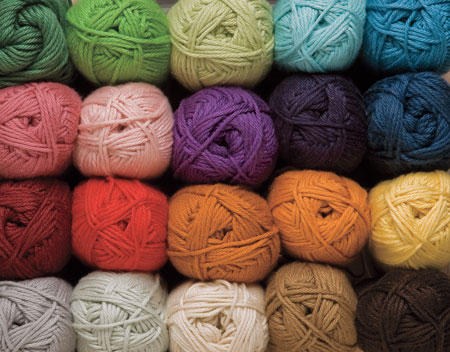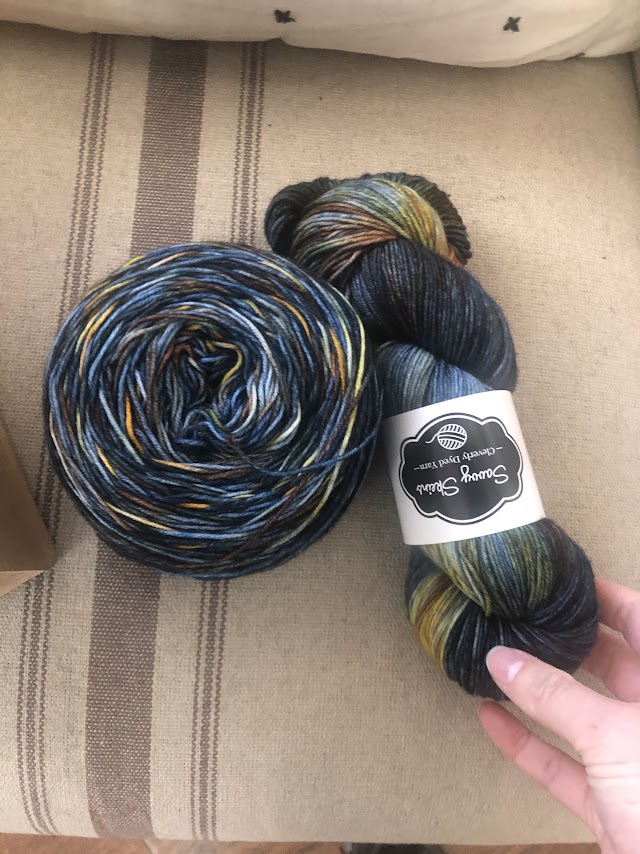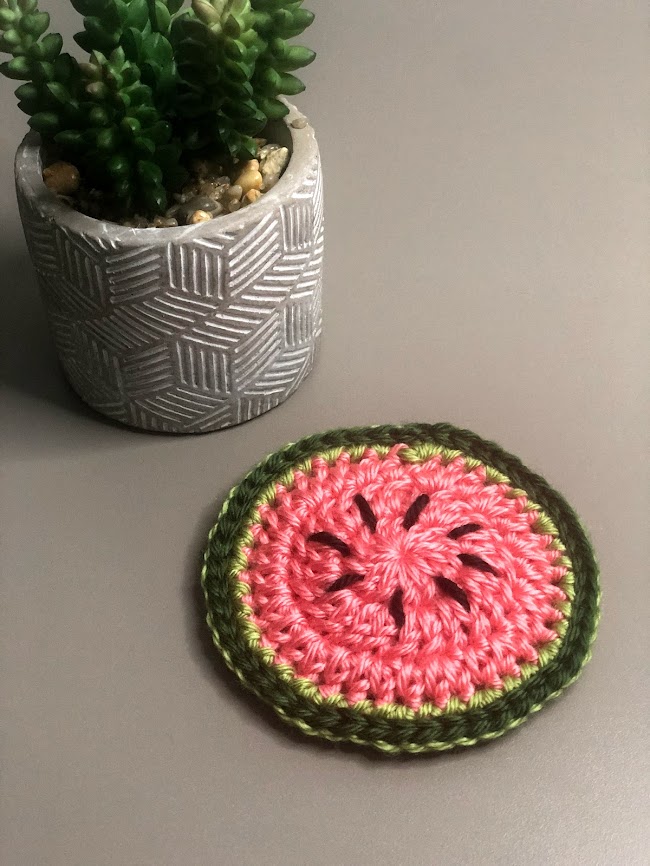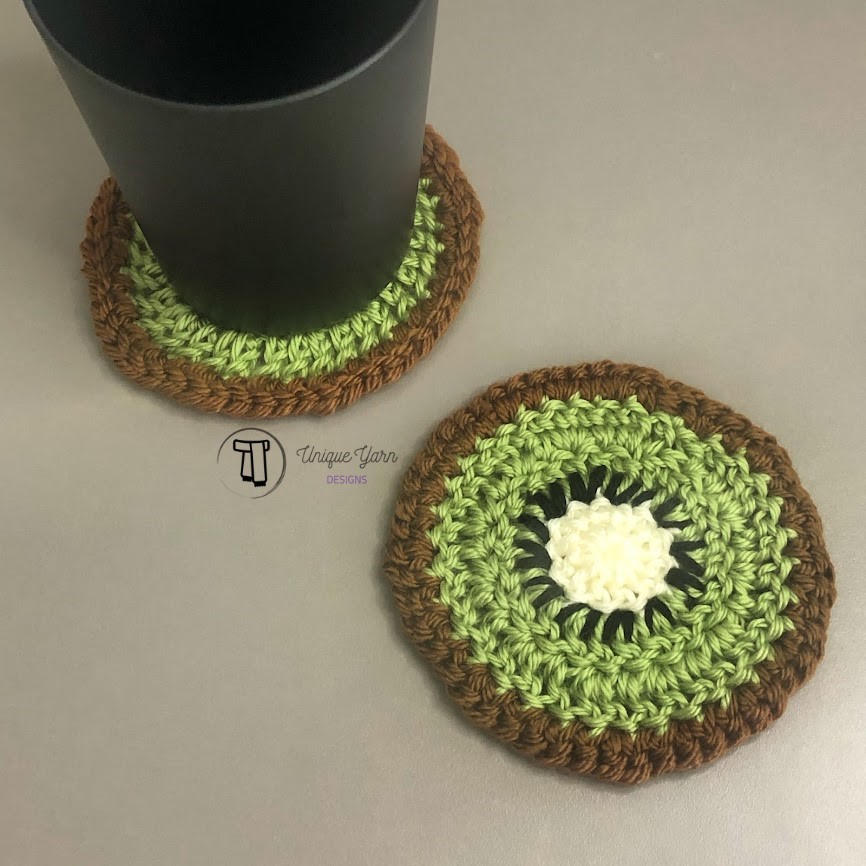Over the next four weeks, I will be hosting a mini series on all things yarn, covering several aspects of the fiber world. First, we will discuss the different types of yarn fiber. Picking the right yarn for your project can be tough. Most, if not all of us, have experienced the dreaded moment when the most perfect skein of yarn looks absolutely terrible when using certain patterns. I hope that this little series can provide a guideline for your next project, including:
- types of yarn fiber
- different yarn weights for different projects
- choosing the right color- solids, variegated, ombre, and more
- the nitty gritty: dye lots, brands, textures, handspun vs commercial
There is so much to consider when choosing the right fiber. For example, if wool felts when it gets hot, it is definitely not the suitable choice for a coaster or washcloth. Cotton may be better due to its absorbency and easy care instructions. If you are making something for a child and want to be able to pop it in the washing machine often, cotton or a man made fiber is better than silk or cashmere.
So, without further ado, let us start off with what I consider the most fascinating part of yarn: choosing the right yarn fiber for your project.
What Fibers Do I Have to Choose From?
This may be a surprise to you, but there are a multitude of yarn fibers and blends to choose from. This could easily be a several post topic covering just the various types! Here are the most common yarn fibers that can be found commercially and from local dyers.
Animal Fibers

Wool
Wool is one of the most popular animal fibers, and this comes from the fleece of a sheep. It is known for being moisture- wicking and breathable. This is often blended with other fibers to improve its durability. Several people have an allergy to this fiber and may have trouble working with it or wearing it, so keep this in mind. Wool also tends to “pill” over time (creates little felt balls on top of the fabric and thins in certain sections), so this is not a fiber intended for items that are washed vigorously or often. It also tends to felt with hot water, so pay special attention to the care instructions.
Recommended care for wool is to hand wash in cold or tepid water, and then lay flat to dry.
Cashmere
Cashmere is luxurious and extremely soft. This high quality yarn actually gets even softer as it is handled/ worn. It is very warm and comes from the neck region of the Cashmere goat. Cashmere is very expensive, so it is usually blended with other fibers to offset the cost. There are other things to consider when using this yarn, such as being extreme insulating and also tending to pill. Keep in mind that cashmere shrinks when cared improperly, so save this luxury yarn for special sweaters and accessories.
Recommended care for cashmere is to dry clean. Beware trying to wash this yourself!
Exotics: Alpaca, Angora, Mohair
Can you guess where alpaca yarn comes from? This is a trick question obviously- it comes from the alpaca! Alpaca is one of the few yarns that is actually hypoallergenic, so this is highly recommended for baby items. This is usually blended with natural fibers to increase durability and easier workability. I have heard that alpaca yarn may smell like a wet dog when damp, but this odor goes away once dry. It is safe to gently hand wash alpaca yarn!
Angora is another luxurious yarn that comes from the angora bunny. This yarn is super soft and very insulating (even more so than wool!). Angora fiber is usually blended with synthetic fibers to make it more stiff. Due to the extreme softness of the yarn, this is not recommended for items with detailed stitches. It is recommended to dry clean angora, but it can be hand- washed in cold water and then laid flat to dry.
Plant Fibers

Cotton
Cotton is the most common plant based fiber and is very affordable. This gives great stitch definition and can handle a variety of washing conditions. Due to the general stiffness of cotton, this tends to split when worked with, so be prepared to slow down a bit and work through a few irritating moments. Depending on the type of cotton, this fiber can be kind of rough or extremely soft. Cotton is great for all kinds of projects! Cotton is machine washable, but use cold water as cotton tends to shrink.
Bamboo
Bamboo is traditionally used for structural pieces, such as floors and walls, but a new process has allowed the pulp of this plant to be converted into a yarn. One of the benefits of bamboo is that this creates a moisture wicking fabric, and the water evaporates very quickly instead of sticking to the fabric. All other aspects are very similar to cotton and bamboo has similar care instructions. I expect bamboo to become very popular once the processing gets more economical and efficient!
Synthetic Fibers

This is also the featured photo seen above.
Rayon, Nylon, and Polyester
Synthetic fibers are usually known to most people as acrylic yarn. There are several myths involving this fiber, which I will get into in a later post. For now, let us focus on the facts: acrylic fibers are made from polymers and spun into yarn similar to natural and animal fibers. Some people may have an allergy to this material, but most have no issue and this is an extremely forgiving yarn for projects requiring durability. Several changes to the process conditions of this fiber have lead to many brands offering an extremely soft acrylic yarn- this isn’t like the scratchy yarn from years past!
Care instructions for this yarn is pretty simple- most synthetic fibers are machine washable. The percentage of rayon may change the cleaning instructions so pay special attention to the label.
Pay Attention to the Label Information!
Labels are your friend to truly understanding the yarn in hand. Yarn weight, amount, and suggested needle/ hook sizes are. Here are the key things to pay attention to when considering the fiber:
Yarn Weight
Yarn weight is critical into determining how lightweight or dense a fabric will be. The weight, or thickness, should be considered just as much as the fiber content itself. For example, when making a blanket, if a small fingering weight yarn is chosen, it could take years to finish it! Bulky weight yarns may not be appropriate for sweaters, unless you want a super thick and warm garment. Of course, I am not inferring that certain yarns should never be used, but consider the final product when choosing the yarn weight.
Fiber Content
This is the section that will tell you what the specific fiber of the yarn is, and whether it has blended with other fibers.
Care Instructions
The care instructions section will go into more detail on how to clean the specific yarn. I have provided some guidelines above, but manufacturers will usually have their own recommendations.
I hope that my descriptions of types of yarn fiber help when planning your next project! Cotton and fibers blended with alpaca are personally my favorite. For baskets, I usually use cotton or acrylic yarn. What is your go- to yarn for most projects?
Have a bunch of cotton that you would like to use up? Check out my recent coaster patterns, the Turtle Coaster and the Little Heart Coaster Pattern. If accessories are more your style, the Soft Ripple Chevron Scarf would be great with most of the fibers above!
Copyright 2019 Unique Yarn Designs. This work written here may not be distributed in any way besides sharing the link to this post. Do not copy, and do not email unless it is the actual link. Thank you for respecting my work!







Leave a Reply